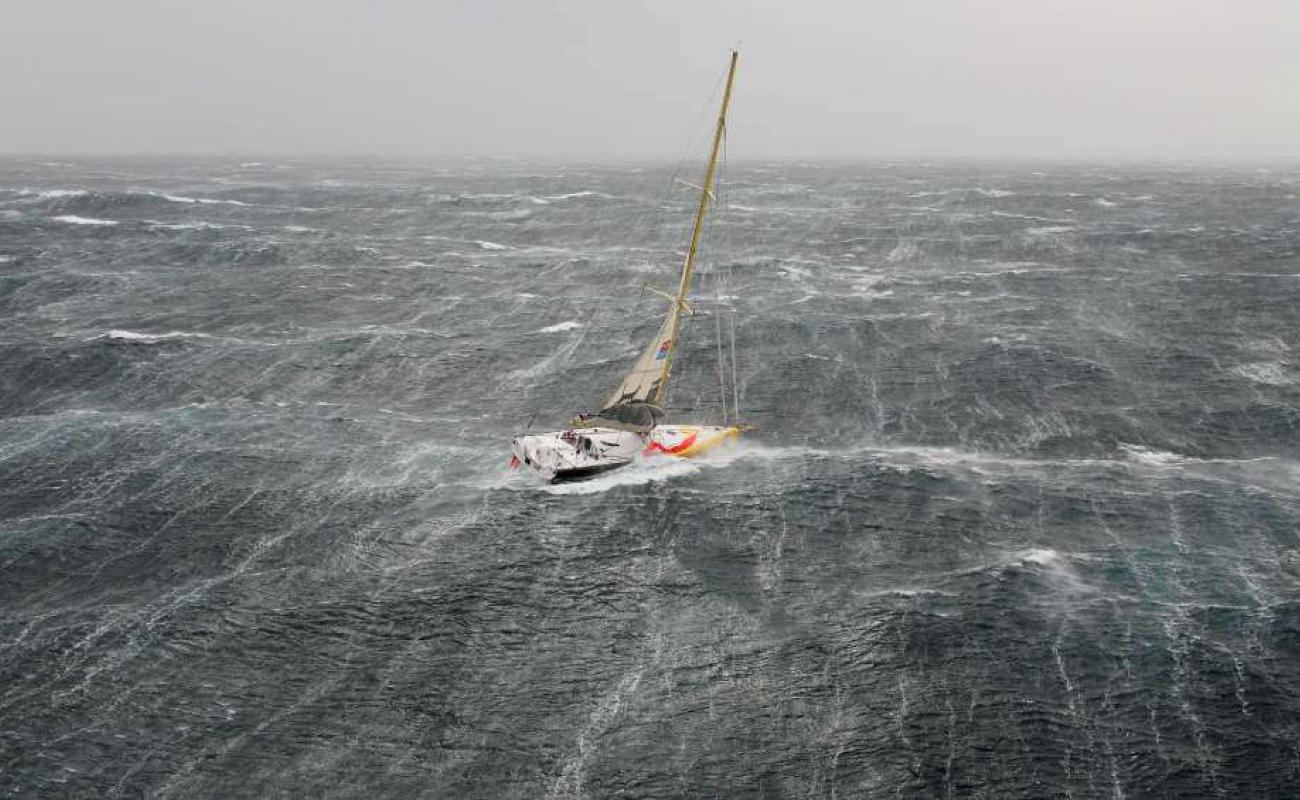Reefing sails is the recommended technique for sailing in heavy weather. This article will provide important information about reefing.
When in doubt, reef her
This is the most reliable maxim about reefing.
When you realize it's time to reef, it may already be difficult to do so due to the loads in the sail and rigging.
So, when you're unsure if it's time to reef, go ahead and do it. It's easy to undo.
Sign #1: Extreme heel
When sailing upwind or on a close reach and the boat exceeds 25 degrees of heel, it is time to take action.
A boat with a high heel is difficult to control and can behave unpredictably.
It might worth getting an inclinometer to see heel angles.
Sign #2: High speed
It's exciting to go fast, but it requires a skilled and experienced crew.
Racing through waves at high speeds can cause damage to the boat, broaching or capsize, and ultimately lead to a dismasting.
Typically, this is not the desired outcome.
So, when you are moving too quickly on a reach or run, it is important to assess your abilities and take appropriate action.
Failing to do so can be extremely dangerous.
Sign #3: Discomfort
If you find that the boat is difficult to control or behaves unpredictably and sometimes scares you, it is likely because there is too much power in the sails.
As one prominent yacht designer sad: "Nothing makes a bot more comfortable than taking 2 knots off her speed."
Practice it
It's a great idea to practice reefing when the weather is calm. Your target time to complete reefing is 5 minutes or less.
Many boats have their own features for reefing, so it's good to learn them in advance.
Even if you don't often experience strong weather in your area, it's still important to practice reefing from time to time.
Remember: after reefing, the boat should be more comfortable. It's easy to make a mistake by only reefing the main and not the jib/genoa.
This can lead to an unbalanced helm and make it difficult to steer the boat.
Conclusion
"When in doubt, reef her" is basically the only sign you need.
With more experience, you will learn when and how much to reef specific sails. In the beginning, it's okay to over-reef.
Practice in calm seas makes the process of reefing easier and more stress-free. Do not neglect it.
Happy sailing!
About Christian Richardson:
"I have been sailing for many years, both in cruising and regattas, and I love to share my sailing passion with others."
